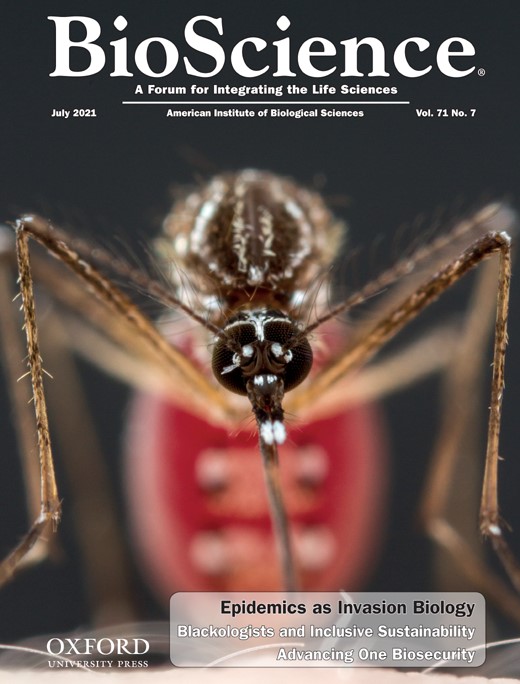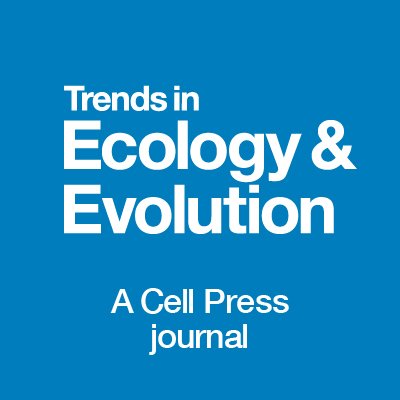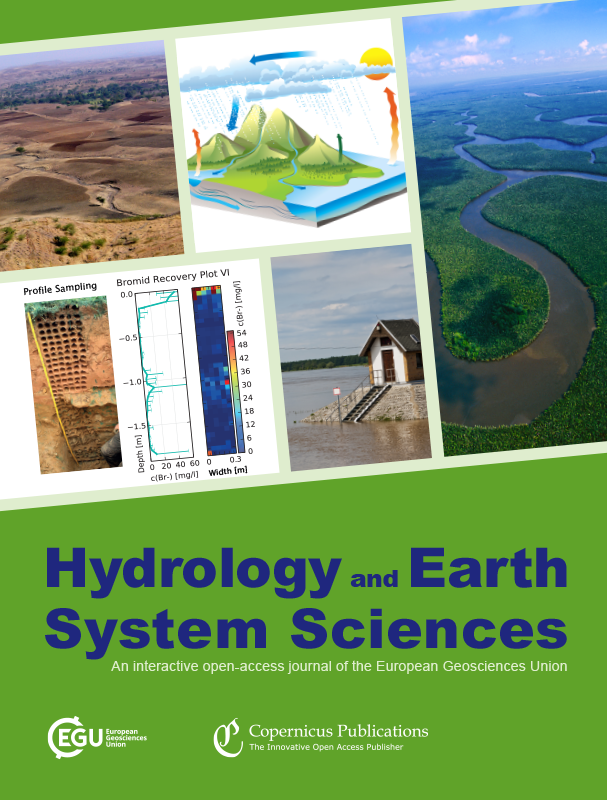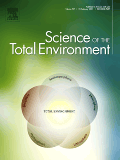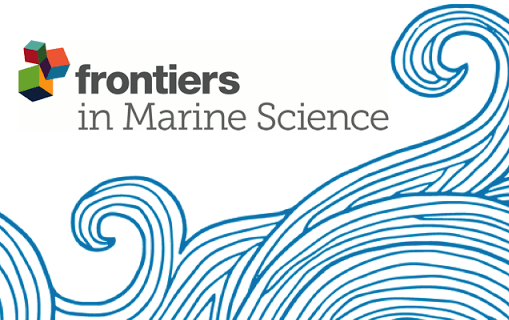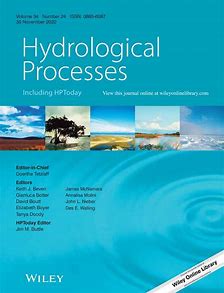Blue waters, green bottoms: Benthic filamentous algal blooms are a growing threat to clear lakes worldwide
Benthic filamentous algal blooms in nutrient-poor, clear lakes are unusual but have increased recently – and the causes are often complex and largely unexplored. The authors have compiled possible reasons. They want to draw attention to the problem because benthic filamentous algae blooms can change the ecosystem profoundly and can contain toxic substances.
Fisheries-induced changes of shoaling behaviour: mechanisms and potential consequences
The authors outline key mechanisms by which fishing can change the shoaling tendency and collective behaviour of exploited species – an issue that is rarely considered and poorly understood. They highlight potential consequences for fish populations and food webs, and discuss possible repercussions for fisheries and conservation strategies.
Structural changes to forests during regeneration affect water flux partitioning, water ages and hydrological connectivity: insights from tracer-aided ecohydrological modelling
The authors used an isotope-based ecohydrologic model to assess the hydrological impacts of “re-wilding” in the Scottish Highlands by increasing Scots Pine forests for biodiversity conservation. They found forests will “use” more water through evapotranspiration which may initially decrease summer low flows and summer floods, though a natural hydrological regime will be restored after ~100 years.
Earlier winter/spring runoff and snowmelt during warmer winters lead to lower summer chlorophyll-a in north temperate lakes
The authors investigated how ongoning changes in winter conditions may have consequences for annual phytoplankton biomass and production. They showed that earlier winter/spring runoff and snowmelt during warmer winters lead to lower summer chlorophyll-a in 41 north temperate lakes in Europe and North America.
European fish-based assessment reveals high diversity of systems for determining ecological status of lakes
Developed in the context of the European Water Framework Directive, 24 fish-based ecological assessment systems for lakes across 21 countries were analyzed by a team of European fish experts. In total, 177 metrics are applied, addressing multiple anthropogenic pressures, predominantly lake eutrophication, hydromorphological alterations, fisheries and occurrence of non-natives.
Effects of food provisioning on the daily ration and dive site use of Great Hammerhead Sharks, Sphyrna mokarran
The study provides insights into how large-bodied marine predators react toward wildlife tourism associated provisioning and allows further discussion about daily energy uptake during provisioning dives, its potential impacts on the ecological role of the target species and associated management measures.
Modelling ecohydrological feedbacks in forest and grassland plots under a prolonged drought anomaly in Central Europe 2018–2020
The authors monitored and modelled feedbacks in the soil–plant-atmosphere continuum to the drought summer 2018 and the following 2 years. The isotope-aided model EcH2O-iso was applied to forest and grassland in a lowland, groundwater-dominated catchment. Such differences in ecohydrological feedbacks to drought in contrasting soil-vegetation units provide insights into Critical Zone water cycling.
Reproductive hyperallometry and managing the world’s fisheries
The authors state that the reproductive capacity of large fish is underestimated. Even worse, it is the large fish which are targeted and removed by fisheries. The study shows that the replenishment potential of many fish stocks is overestimated. This increases the risk of overfishing. Especially the largest fish should be protected to a greater degree than is presently the case.
Contrasting the motivations and wildlife-related value orientations of recreational fishers with participants of other outdoor and indoor recreational activities
The authors assessed the motivation and wildlife-related value orientations of outdoor recreations in a random telephone survey in Spain. Recreational fishers placed more importance on the motives “to be close to nature,” “to experience tranquility", “to get away from the demands of life", “to relax psychically”, “to stay with family”, “to get exercise”, compared to other recreational groups.
Quantifying the effects of urban green space on water partitioning and ages using an isotope-based ecohydrological model
Urban green space is of great importance for sustainable water management and heat reduction in cities. Using field measurements and a highly advanced ecohydrological model, researchers have investigated how water pathways differ depending on vegetation type. The result: trees potentially provide the strongest cooling effect, while grass promotes more groundwater recharge.


